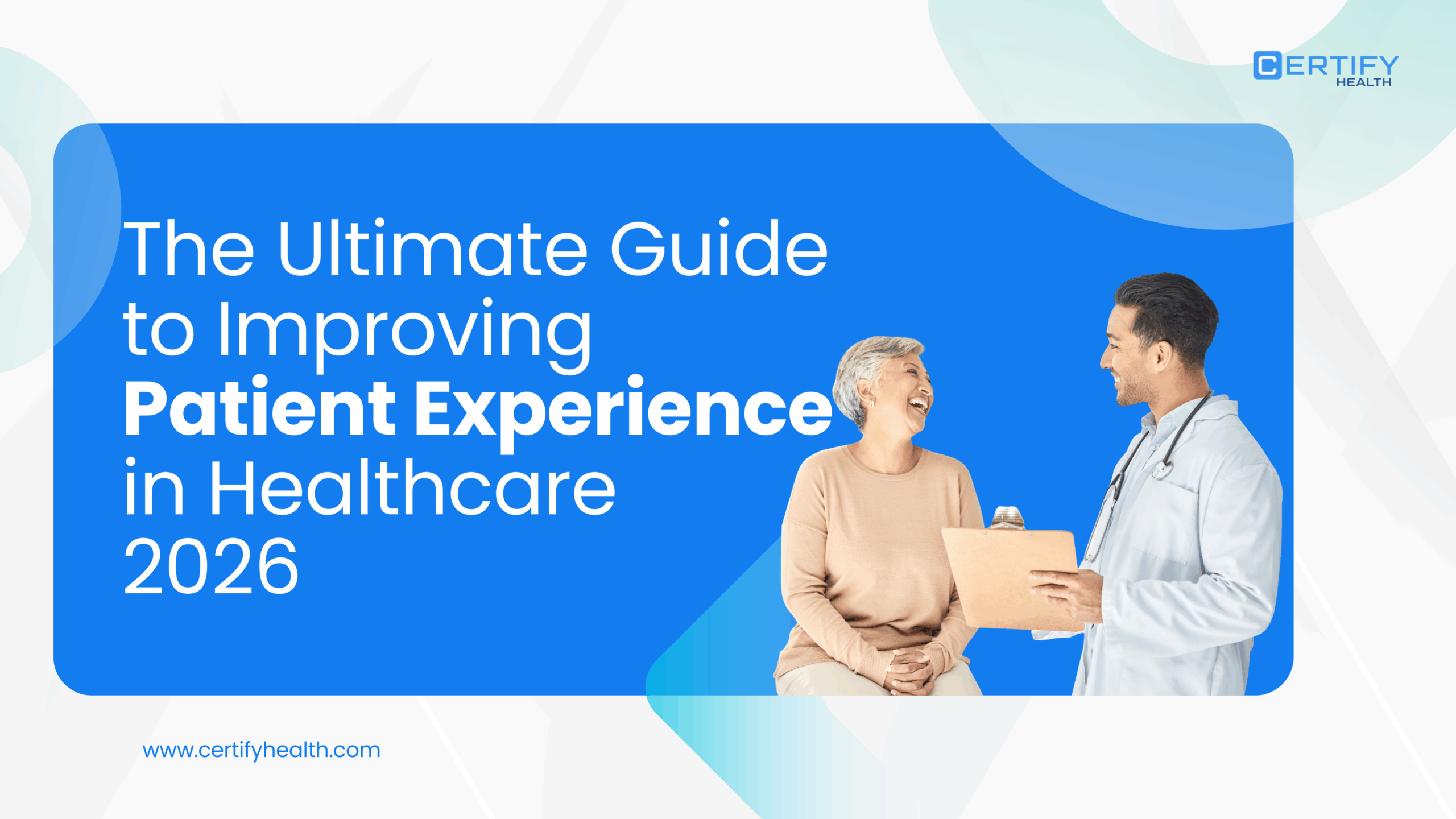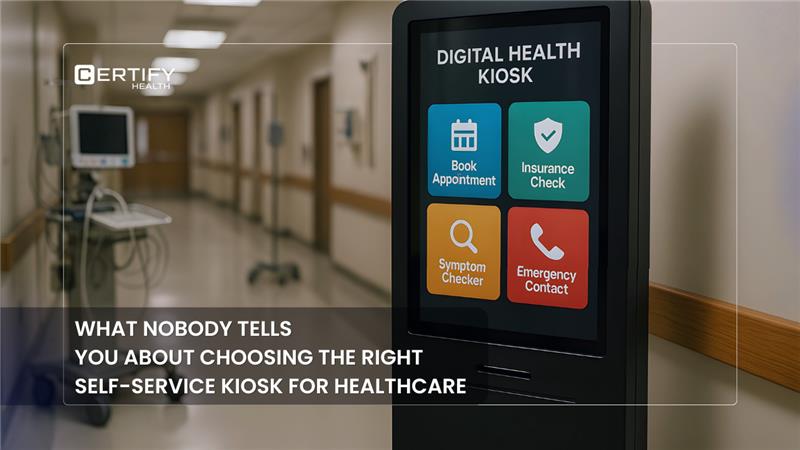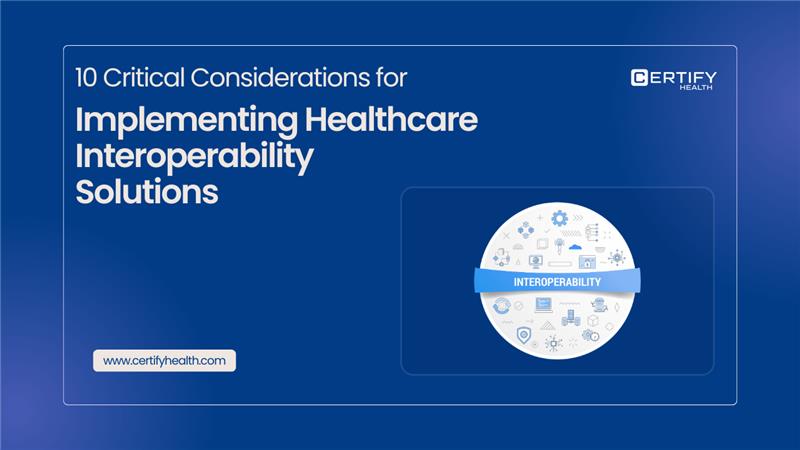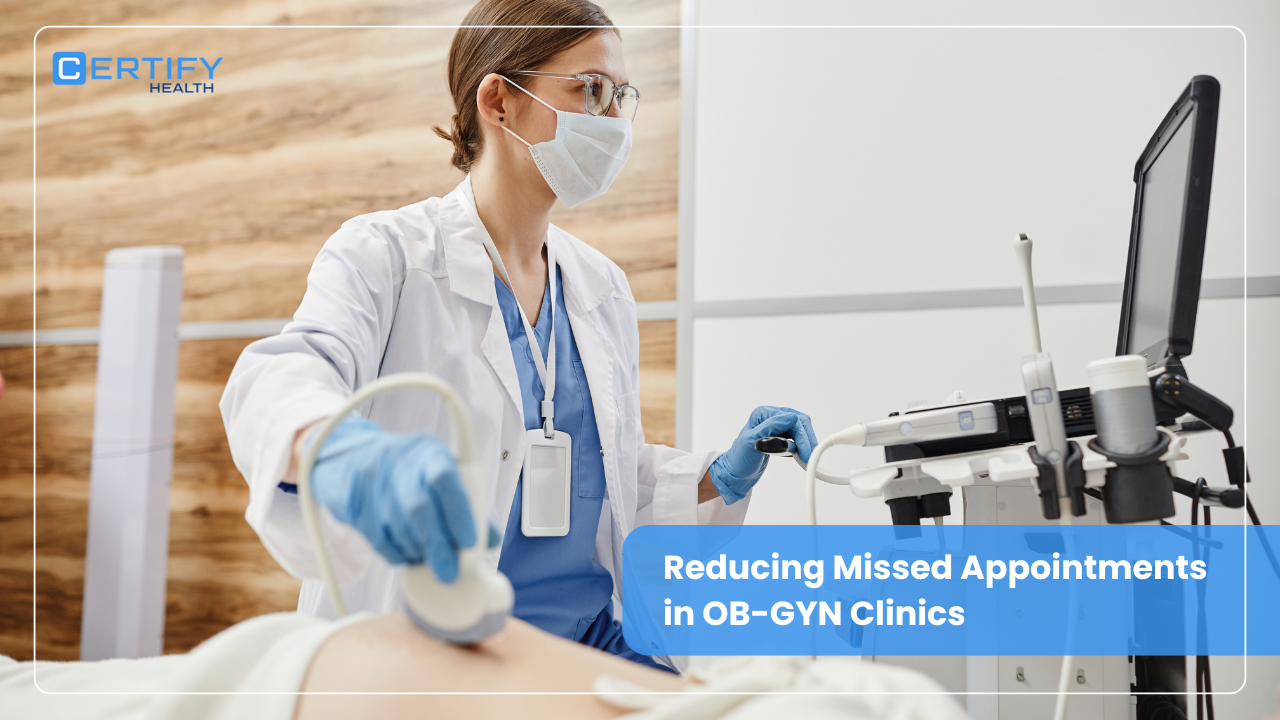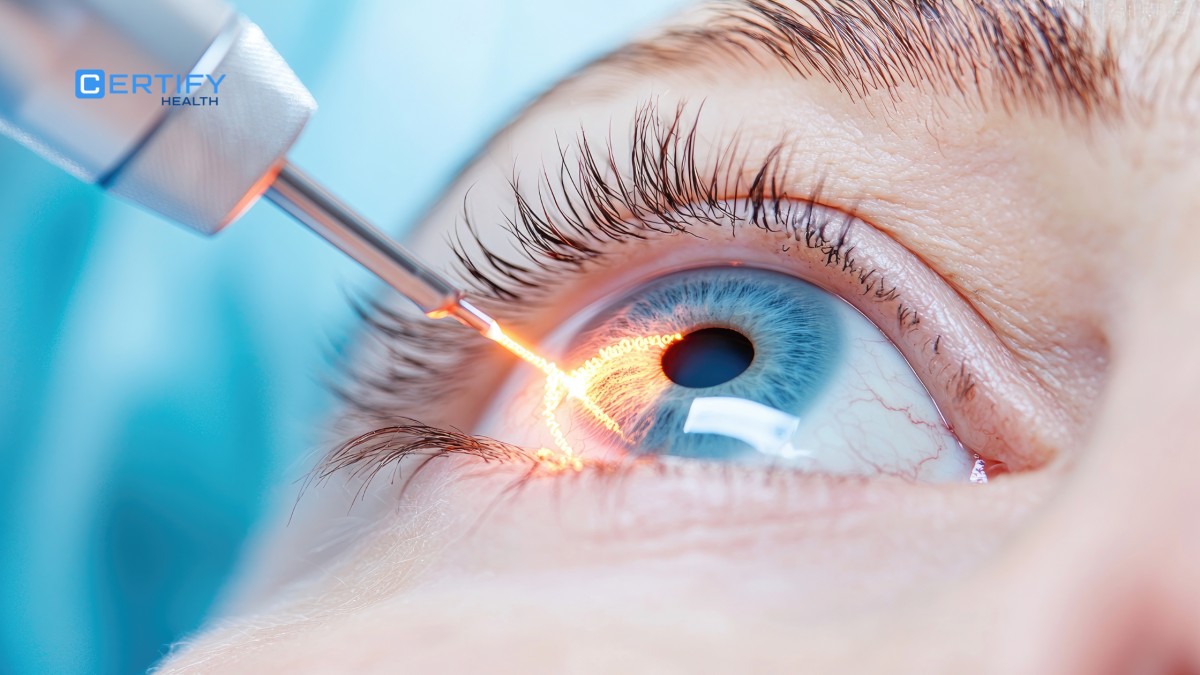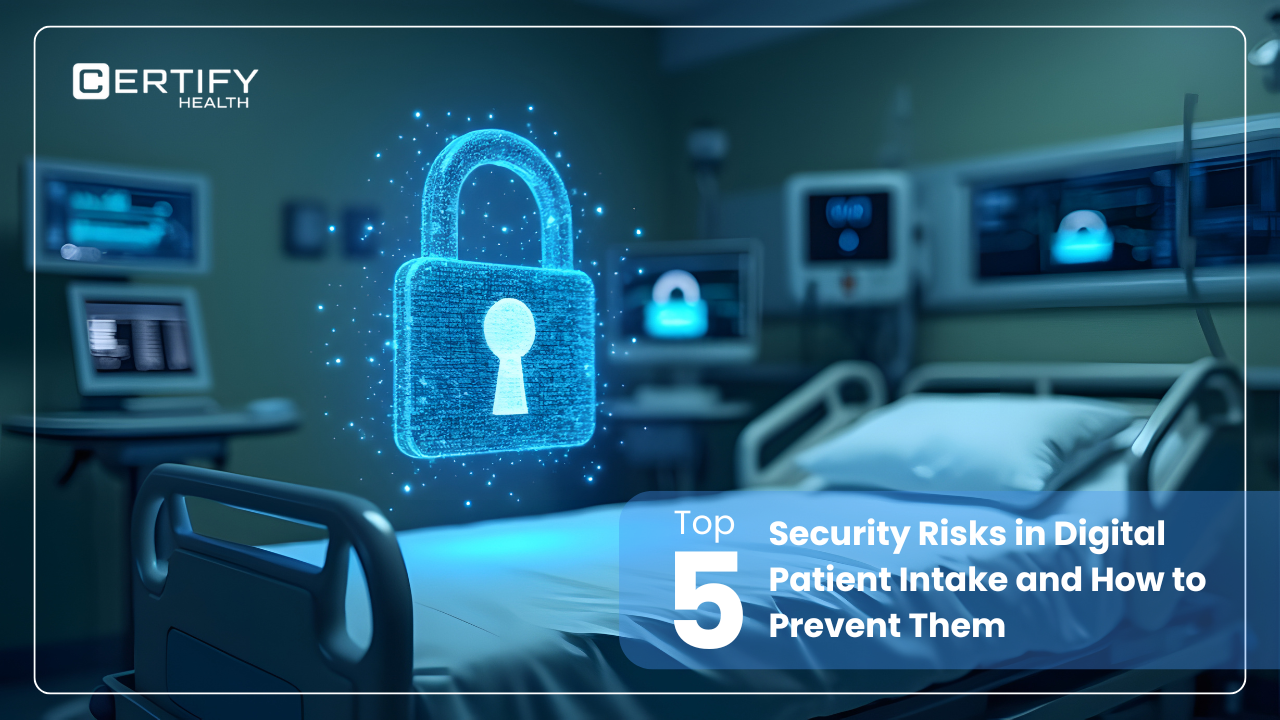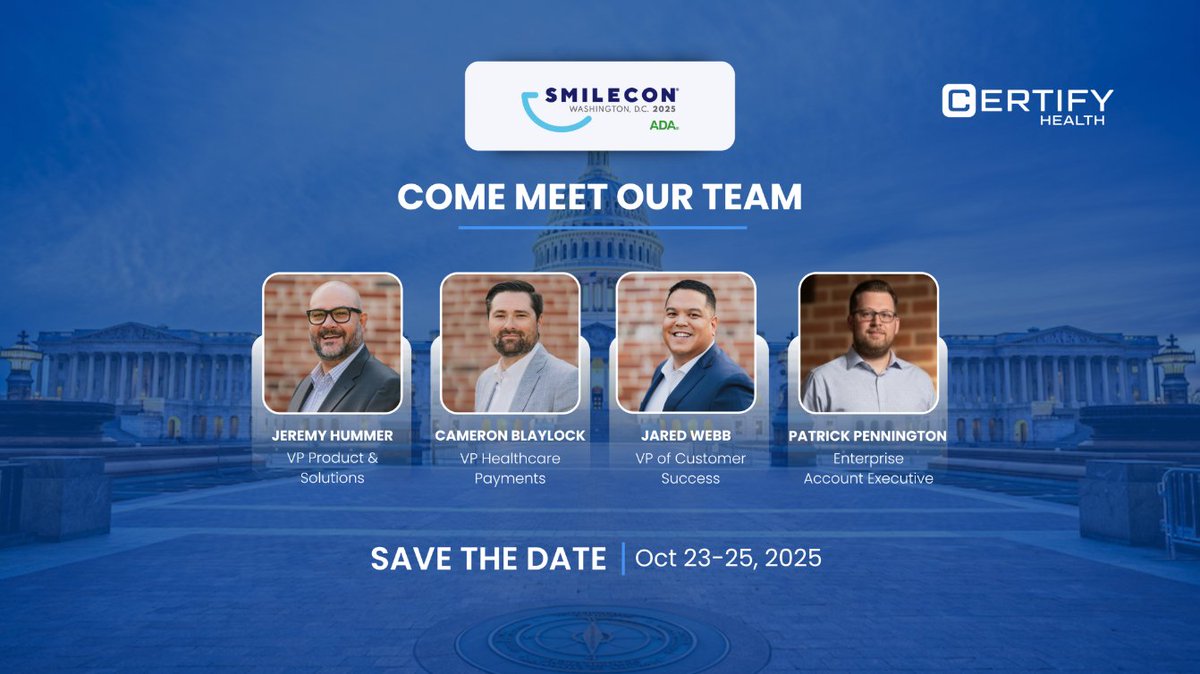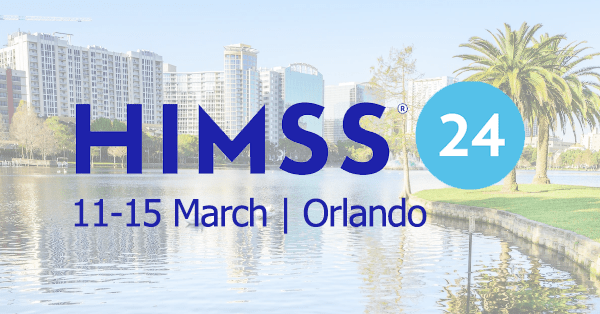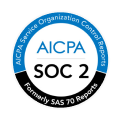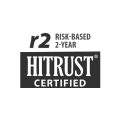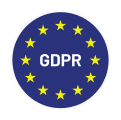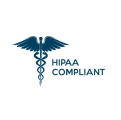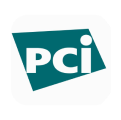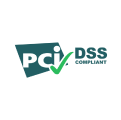Patient satisfaction, dental office growth, and revenue are all severely hampered by antiquated patient check-in procedures. Manual check-ins are labor-intensive, prone to mistakes, and cause delays as well as frustration. But 83% of dental practices still rely on these ineffective patient check-in methods which not only hinders operations but also reduce revenue and stop patients from returning.
Maintaining consistent revenue while maintaining patient and staff satisfaction depends on providing an exceptional patient experience. By lowering administrative expenses, expediting the process, and decreasing no-shows, the move to digital check-ins can have a profound impact.
Workflows are streamlined, patient satisfaction is raised, and efficiency is increased with digital patient check-in. By using automated reminders, paperless forms, and real-time insurance verification, practices can improve patient experience and cultivate enduring loyalty, which can ultimately boost income and drive growth.
Let us understand the 7 common challenges that your dental practices are suffering from and how digital check-ins address these issues.
Did you know?
According to a study, patient no-show rates can range from 7% to 33%, leading to a revenue loss of $7 million per year for healthcare practices. This stat highlights the need to streamline patient check-ins, as most patients are likely to leave before meeting doctors due to high appointment wait times.
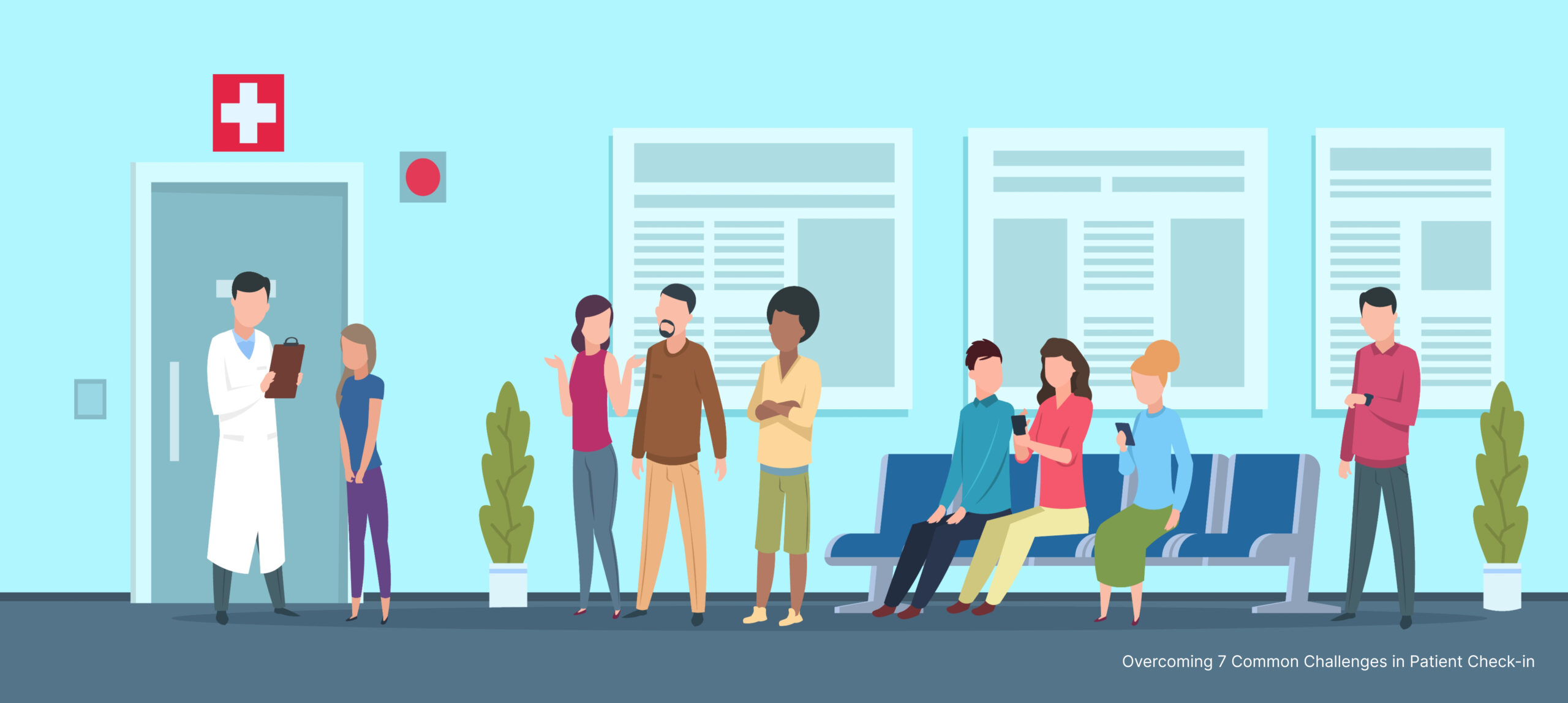
Understanding Common Challenges in Patient Check-Ins
Let us discuss the significant challenges faced by dental practices due to the traditional check-in process.
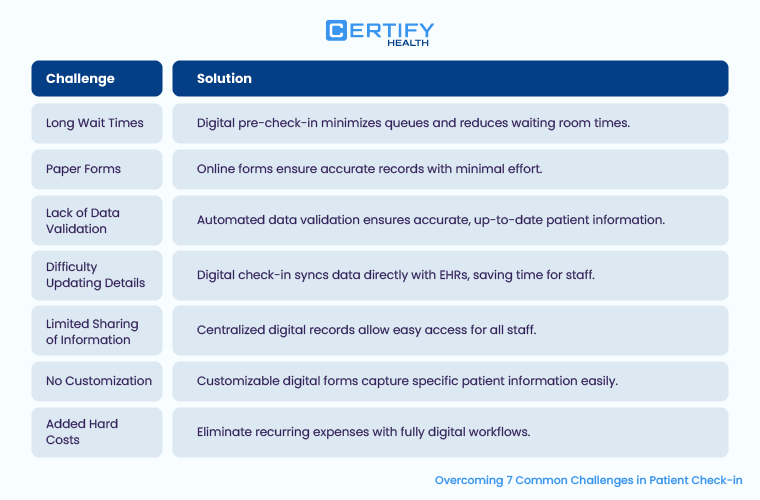
1. Long Wait Times: A Growing Challenge
Problem:
The manual check-in process often leaves patients waiting in long queues, and they get frustrated when they are asked to repeatedly fill out the same information. This manual outdated approach not only consumes valuable time but also extends their time in the waiting room, negatively impacting their experience.
Did you know?
A study conducted at the Public Hospital in Jimma Zone found that patients spent between 41 and 185 minutes simply waiting to receive care.
- Patients traveling from outside the hospital’s area are 1.93 times more likely to experience longer wait times compared to local patients.
- Visits on Mondays result in 2.64 times longer wait times than visits on Fridays.
- Patients arriving early in the morning face wait times that are 3.22 times longer than those arriving in the afternoon.
These statistics underscore the urgent need for an efficient patient self-check-in system that will enhance patient flow and reduce appointment wait times.
Solution:
Dental practices that use digital check-in allow patients to complete check-in from anywhere at their own convenience. Whether at home on their mobile phones or at the hospital’s kiosk/tablet, patients can check-in seamlessly. This approach eliminates the need for repetitive data entry, as patients can quickly fill out personal details via digital forms, while practices ensure data accuracy through streamlined verification.
As you have seen how long waits can challenge your practice along with its solution, let’s dive into the next hurdle: Repeating Details on Paper Forms.
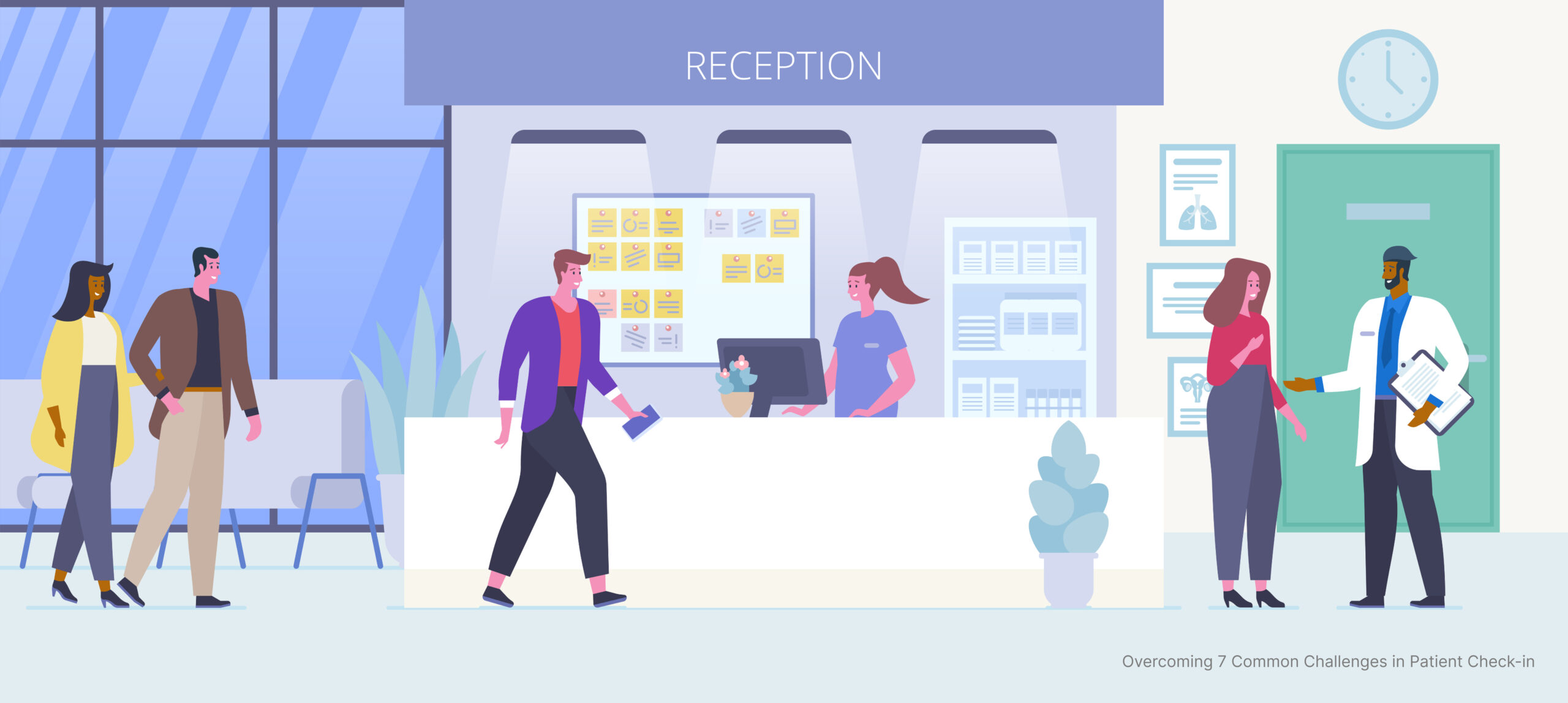
2. Repeating Details on Paper Forms
Problem:
Patients dislike repeatedly providing the same details— such as name, date-of-birth, insurance information, medical history, and other details on multiple paper forms. This repetitive process not only frustrates patients but also increases the chances of errors in manual data entry, slowing down the overall patient check-in process.
Did you know?
J.P. Morgan Healthcare Payment trends reveal that 71% of healthcare providers still rely on paper forms and manual processes to collect patient payments. But 75% of consumers want to settle their medical bills online, as paper-based payments consume a lot of time for them.
The Solution:
Digital check-in eliminates the need for your staff to collect repetitive details from patients, reducing manual work and ensuring patient satisfaction due to a seamless process. Patients can update their information once from the comfort of their home or through a self-check-in kiosk at the facility or on a tablet. This ensures data accuracy, reduces waiting times, and creates a seamless, frustration-free experience—benefiting both patients and staff.
One such solution is CERTIFU Health. The entire check-in procedure is automated using CERTIFY Health’s patient check-in software, which does away with the necessity for manual entry and participation by front desk personnel. Patients can easily check in online or at the facility using contactless check-in alternatives like biometrics, FaceCheck or online through mobile, desktop, and tablets. This improves the experience for both patients and employees by cutting down on wait times, streamlining procedures, and minimizing no-shows.
As you’ve explored how repetitive paper forms impact your practice and discovered solutions to streamline this process, let’s move to the next challenge: Lack of Data Validation.

3. Lack of Data Validation
Problem:
Every staff member must manually check and verify the patient’s information from paper forms. If this isn’t done promptly, they often need to follow up later, adding to their workload. With a high volume of patients, the front desk may occasionally miss verifying crucial details, leading to errors that can affect the patients not getting the right care and treatment. These inefficiencies cause a lot of risks comprising your patient’s safety.
Did you know?
A report from the Ponemon Institute clearly reveals that 86% of surveyed nurses and physicians have witnessed medical errors emerging from patient misidentification and lack of data validation. These errors have a direct impact on both patient safety and the financial health of practices. These errors disrupt workflow efficiency and add to operational costs.
Solution:
Digital patient check-in solution addresses the challenge of data validation. The software comes with a data validation feature that immediately verifies patient information and updates it across other systems to ensure accuracy.
With its smooth integration with EHR systems, CERTIFY Health’s patient check-in system provides automatic data validation and immediate insurance verification solutions. Your staff will no longer have to waste time updating records by manually entering data. They can focus on providing better patient care, streamline processes, and reduce errors with real-time accuracy.
4. Difficulty Updating Details
Problem:
Soon after patients complete their check-in forms, staff must manually enter all those details into your dental practice management system after data validation. This monotonous process consumes a lot of administrative time to verify and update tasks. Due to this, staff couldn’t support patients to assist them in getting necessary care and treatment.
Did you know?
According to one study, verifying and updating insurance for one patient takes over 12 minutes. If you verify and update insurance for 20 patients per day, that’s four hours of cumulative time spent sitting on the phone. This single task could potentially lead to labor overages.
Solution:
Digital patient check-in solutions eliminate the need for manual data entry by directly integrating patient information into your dental practice management system. With EHR integration and seamless syncing, staff no longer need to spend hours on repetitive tasks like updating insurance details.
While streamlining data updates can improve workflows, another pressing concern is Limited Sharing of Information. Let’s explore how it impacts practices.
5. Limited Sharing of Information
Problem:
Once you store relevant forms in the file cabinets, they will have limited accessibility to other staff members in the same practice. Sometimes, forms buried in an unorganized way create confusion to extract the needed patient information, leading to missed documentation. This lack of accessibility and organization can disrupt workflows, delay care, and result in critical information being overlooked.
Did you know?
By 2030, the World Health Organization (WHO) predicts that there will be a 10 million deficit of healthcare personnel worldwide. In the US, nearly half of the physicians have experienced burnout in the past two years. Additionally, providers generate 137 terabytes of data every day, of which 80% are unstructured.
For most healthcare providers, patient records are scattered across physical and digital formats, making it difficult to get a comprehensive view of a patient’s medical history. These fragmented systems can lead to potential discrepancies between records, causing delays in diagnosis and treatment.
Solution:
Digitizing patient records with a platform like CERTIFY Health ensures secure, centralized access for all staff, eliminating the hassle of physical forms. Real-time updates and automation reduce errors, streamline workflows, and improve patient care. A unified system provides a comprehensive view of patient history, minimizing delays in diagnosis and treatment.
As we’ve seen how information accessibility can hinder efficiency, let’s shift our focus to the next challenge: No Customization in patient intake forms.
6. No Customization
Problem: Static paper forms allow fewer adjustments or customization to add some necessary fields relevant to patient care. This lack of personalization often results in incomplete or irrelevant information being collected from patients, leading to inefficiencies. Dental practices may struggle to create these forms to accommodate diverse patient treatment needs, further complicating workflowsDid you know?
According to a study by Accenture, 89% of patients expect healthcare providers to provide digital forms that are customizable enough to their needs. Additionally, practices using manual workflows spend an average of 40% more time collecting and validating patient information compared to those using customizable digital systems.
Solution:
Digital intake forms help dental practices to easily customize fields to capture all relevant patient information accurately. These forms can be customized to address specific treatment needs, ensuring that no crucial data is missed.
Solutions like CERTIFY Health’s patient intake software enable you to build HIPAA-compliant forms with customization features, allowing dental practices to make forms with specific fields and incorporate them into their workflow.
With the challenges of static forms addressed, let’s tackle one more issue facing dental practices: Added Hard Costs tied to traditional check-ins.
7. Added Hard Costs
Problem:
Dental practices following traditional check-ins need buying pre-printed forms, clipboards, pens, file folders, scanners, and additional storage space. These recurring expenses quickly add up, increasing operational costs and resource dependency.
Did you know?
Manual, paper-based processes across the healthcare industry contribute to an estimate of $18 billion to $22 billion in unnecessary annual expenses. Despite this, many health systems and providers groups continue to depend on these outdated methods.
Solution:
When your dental practice switches to a digital check-in system you can eliminate the need for costly pre-printed forms, clipboards, and storage space. With customizable digital forms, patient data is securely captured and stored electronically, reducing operational expenses. So, dental practices can easily minimize errors, improve efficiency, and reallocate funds to enhance patient care.
These are the challenges dental practices encounter with manual check-ins. Let’s explore the next section to see how transitioning to digital check-ins can offer significant advantages to your practices.
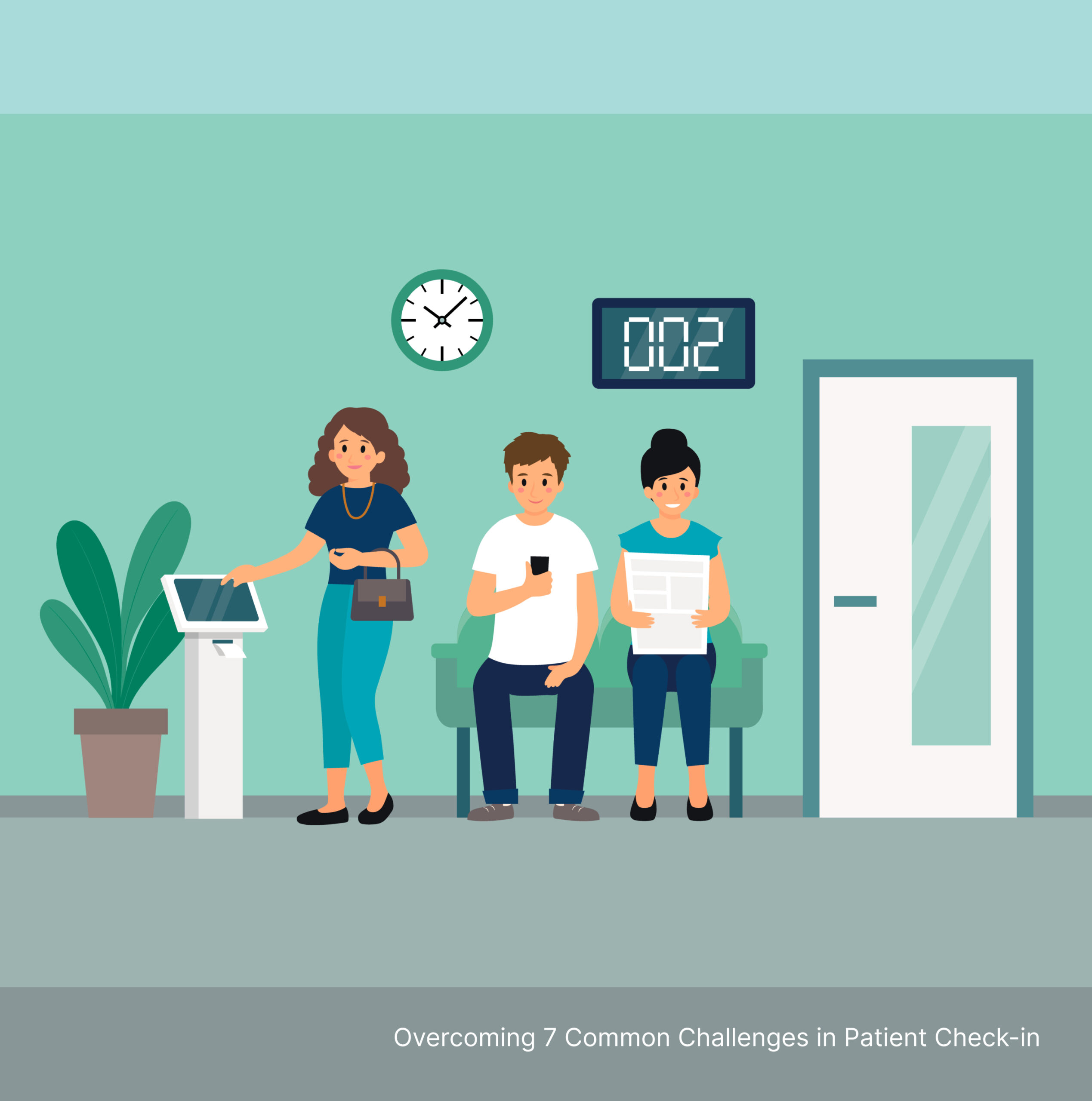
The Shift Towards Digital Patient Check-In
With hassles in manual patient check-in system, most dental practices are switching to digital check-in. This process not only eases the patient care journey but also facilitates patient-provider communication. With digital check-in, practices can utilize the features including:
- Appointment Reminders: Send patients reminders via text or email, reducing no-shows and ensuring timely appointments.
- Online Intake Forms: Enable patients to complete pre-registration forms before their visit, reducing wait times and improving accuracy.
- Mobile Check-in: Patients can complete check-in remotely via their mobile devices, providing convenience and reducing in-office wait times.
- Self-service Kiosks: Improve your patient self-check-in process with kiosk software, enabling patients to complete their check-in without the need for staff intervention.
- Real-time Updates: Provide patients with instant notifications about their appointment status and queue position, improving communication.
- Digital Consents: Enable patients to sign consent forms electronically, eliminating paperwork and speeding up the check-in process.
The shift to digital check-in brings significant benefits to dental practices, improving both operational efficiency and patient satisfaction.

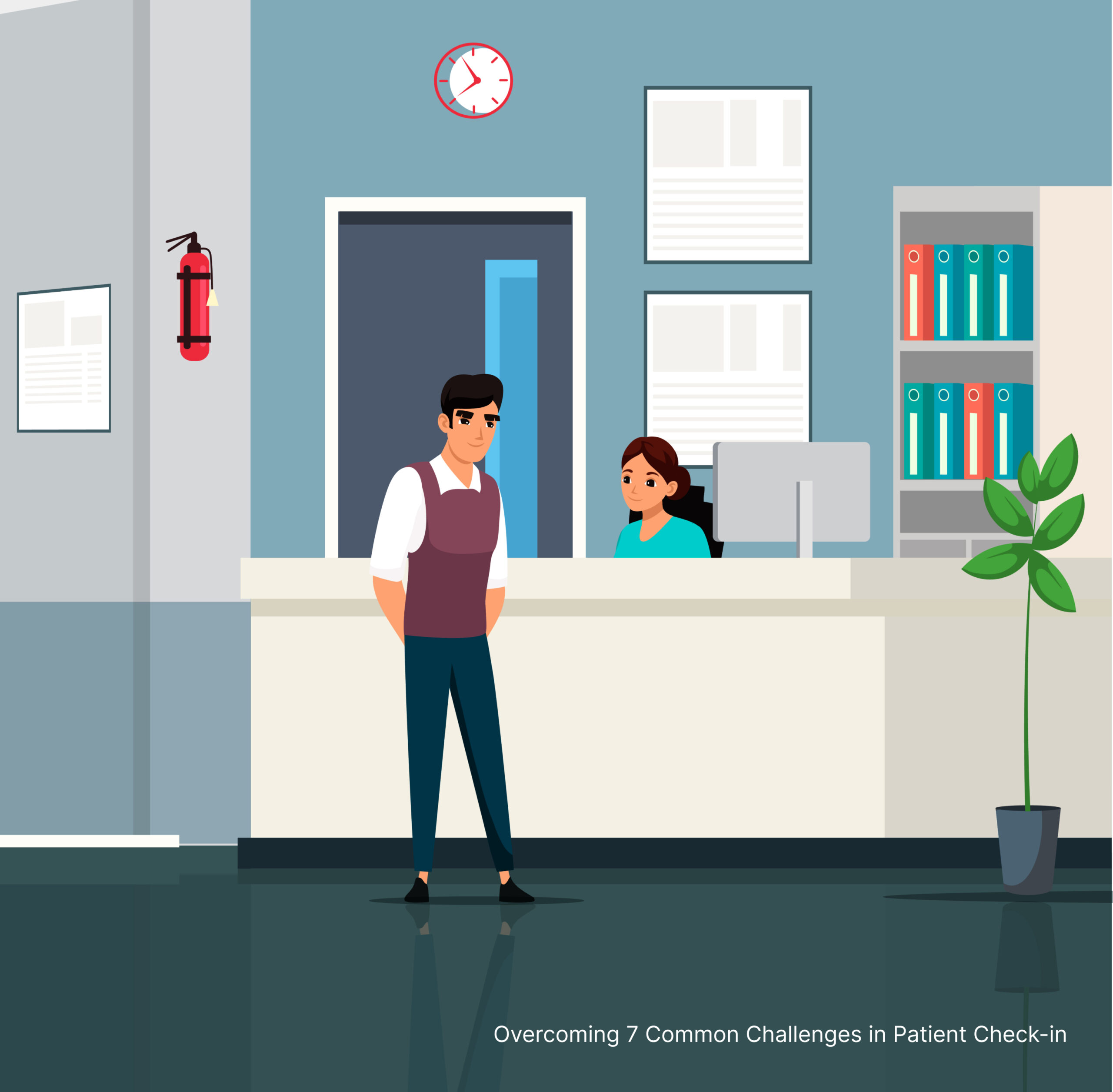
Enhance Your Patient Check-In Experience with CERTIFY Health
CERTIFY Health is a practice management software that streamlines your dental practice operations through digital check-in. With various features such as digital forms, automated reminders, kiosk/tablet check-in, queue notifications, and real-time updates, your practices can improve patient experience and operational efficiency.
Dental practices using CERTIFY Health report remarkable results: a 30% reduction in wait times and a 40% improvement in data accuracy. These improvements not only streamline workflows but also lead to significantly higher patient satisfaction scores—ensuring happier patients and more efficient operations.
Ready to revolutionize your patient check-in process? Schedule a demo today and discover how CERTIFY Health can streamline operations, reduce no-shows, and enhance patient satisfaction!
FAQs:
What does the Check-in Process Contribute to in a Medical Setting?
What are the Main Benefits of Patient Self-Check-in?
Patient self-check-in enhances patient experience by reducing wait times, eliminating repetitive data entry, ensuring accurate data validation, and streamlining workflows. It also improves communication through appointment reminders and real-time updates.
Is Digital Check-in Customizable for Different Patients' Needs?
How does Contactless Check-in Reduce Long Wait Times?
Contactless check-in allows patients to complete their information remotely or through kiosk using biometric, which speeds up the check-in process, reducing in-office waiting time and enhancing patient flow.



